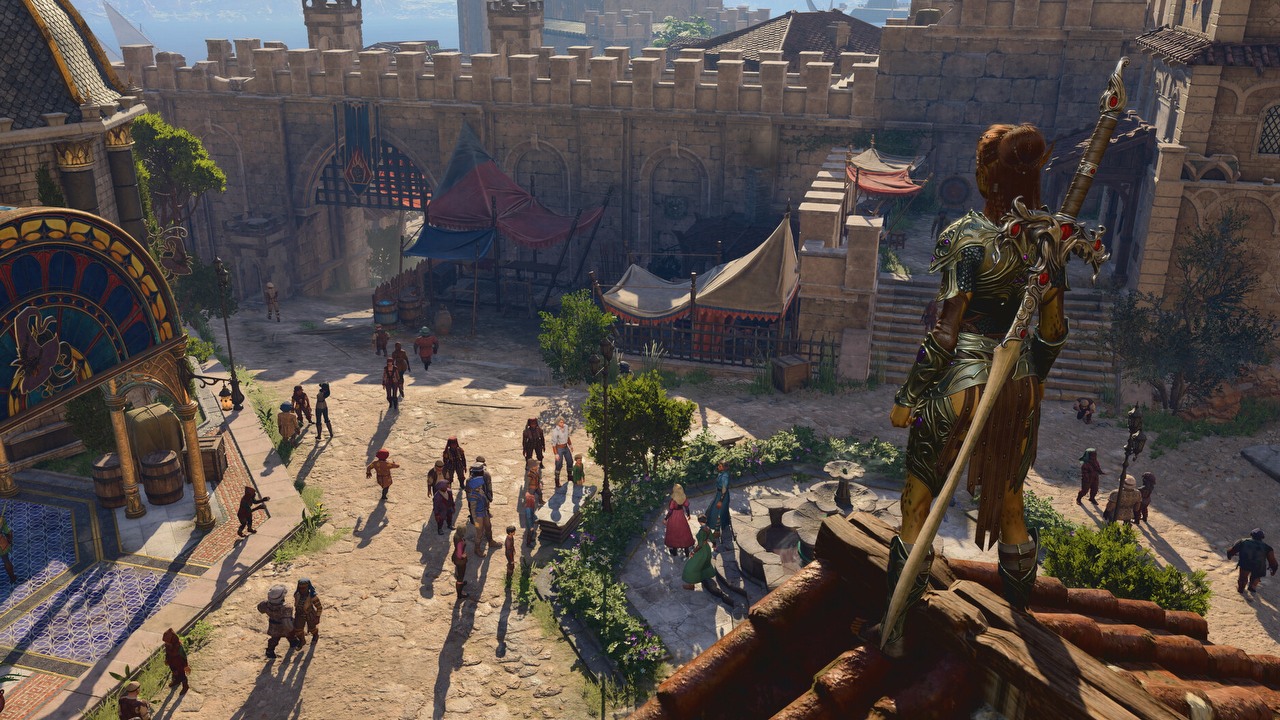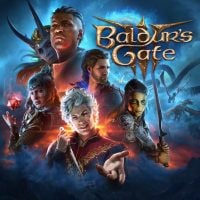Baldur's Gate 3's Eponymous City Murders CPUs - Digital Foundry Test
The experts at Digital Foundry decided to see how the third act of Baldur's Gate 3 affects our PCs.

Baldur's Gate 3 is a huge game. The fantastic world presented in it is vibrant and pleasing in detail. So it is clear that high quality brings with it equally high system requirements. This was experienced by players who, having reached Act 3 in BG3, began to have problems with the performance of their computers.
According to the Digital Foundry team, this has to do with the fact that in Act 3 the action of the game moves to a urban area full of NPCs, which put a significant strain on PC components. This affects CPUs the most.
Experts noted that traffic plays a special role in torturing the processor. While in the case of a static scene, an Intel Core i9 12900K managed to get 90 frames per second, in the case of gentle movement of the main character the number of fps lost 20 percent. The situation is similar when moving to cutscenes, when the graphs show characteristic "jumps" of frames.
"One of the quirks of this higher performance in the third act is that movement makes the game visibly burden the CPU. In one particular static scene, I recorded 90 frames per second on the Core i9-12900K, but just moving the character in mini-circles reduced performance by 20 percent, even though the view and number of objects on the screen are essentially the same. Frame rates are lower, but more importantly, frame times are more abrupt," explains Alex Battaglia of Digital Foundry.
However, the most noticeable "jumps" in fps numbers are during the earthquakes in Baldur's Gate.
" (...) the biggest effect you'll notice in the stressful scenes in Act Three comes down to the overall stability of the frame time - or "frame condition," as I call it. (...) when frame times can increase by 50 to 100 percent, it presents itself as stuttering. On top of that, earthquakes in the city - each also coincides with many large spikes in frame time that look like noticeable stuttering."
Unfortunately it seems that there is nothing the players can do to improve this situation. Lowering the graphics settings and choosing the Vulkan API, which works well in less populated areas, is of little use. In urban areas it performs worse than DirectX 11.
"At the absolute lowest settings, you can see that the average performance increased by only about 14 percent. Frame times are a little less erratic, but all those earthquakes still cause big spikes in frame times, and you lose a lot of visual splendor by lowering the level of detail. Can Vulkan help? Not really, I reached seven percent performance - DX11 remains the best option."
So there's nothing left for us to do but be patient and hope that Larian Studios will implement the appropriate patches that will increase performance.
- Baldur's Gate 3 Review: The RPG I've Always Dreamed of! It's Huge, Full of Freedom and Adventure
- Baldur's Gate 3 - game guide
- Baldur's Gate 3 - official website
0

Author: Kamil Kleszyk
At Gamepressure.com deals with various jobs. So you can expect from him both news about the farming simulator and a text about the impact of Johnny Depp's trial on the future of Pirates of the Caribbean. Introvert by vocation. Since childhood, he felt a closer connection to humanities than to exact sciences. When after years of learning came a time of stagnation, he preferred to call it his "search for a life purpose." In the end, he decided to fight for a better future, which led him to the place where he is today.
Latest News
- This is expected to be the biggest year in the company's history. Blizzard prepares an offensive that will overshadow previous years
- Bethesda envied CD Projekt RED? Starfield may undergo a Cyberpunk 2077-style metamorphosis
- Season 2 has just started, and Todd Howard is already writing the script for the third one. Fallout 5 will be changed by the TV show
- 5 games to grab on Amazon Prime Gaming. Among them, a collection of RPG classics
- My experience attending the 2025 Game Awards, and why I loved it


